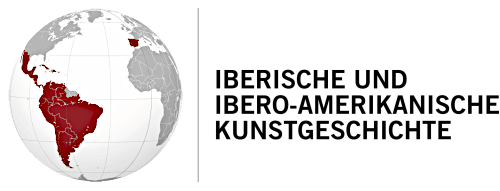Zusammenfassung: Herausforderungen an die Identitätsbildung in der Fotografie von Carlos Ruiz-Valarino
Identifier (Artikel)
Identifier (Dateien)
Abstract
Das fotografische Werk des Künstlers Carlos Ruiz-Valarino aus Puerto Rico steht in deutlichem Kontrast zu einer der am stärksten verwurzelten kunsthistorischen Traditionen dieser Karibikinsel, welche sich zur Darstellung kultureller Identität bestimmter Symbole bedient. Indem Carlos Ruiz-Valarino auf die Parodie dreier malerischer Gattungen zurückgreift, als da sind Landschaft, Portrait und Objekt (im Rahmen eines Stilllebens), hinterfragt er die Symbole, die wiederholt für die Bildung eines so kontroversen Konzeptes wie Identität eingesetzt werden, wobei er in Dialog mit der ikonografischen Tradition, der anthropologischen und ethnologischen Fotografie sowie der wissenschaftlichen Illustration und der Karikatur tritt.Statistiken

Veröffentlicht
2015-07-21
Ausgabe
Rubrik
Sprache
de
Schlagworte
Fotografie, Ikonografie, Anthropologie, Ethnografie, Puerto Rico
Lizenz

Dieses Werk steht unter der Lizenz Creative Commons Namensnennung - Nicht-kommerziell - Keine Bearbeitungen 4.0 International.




